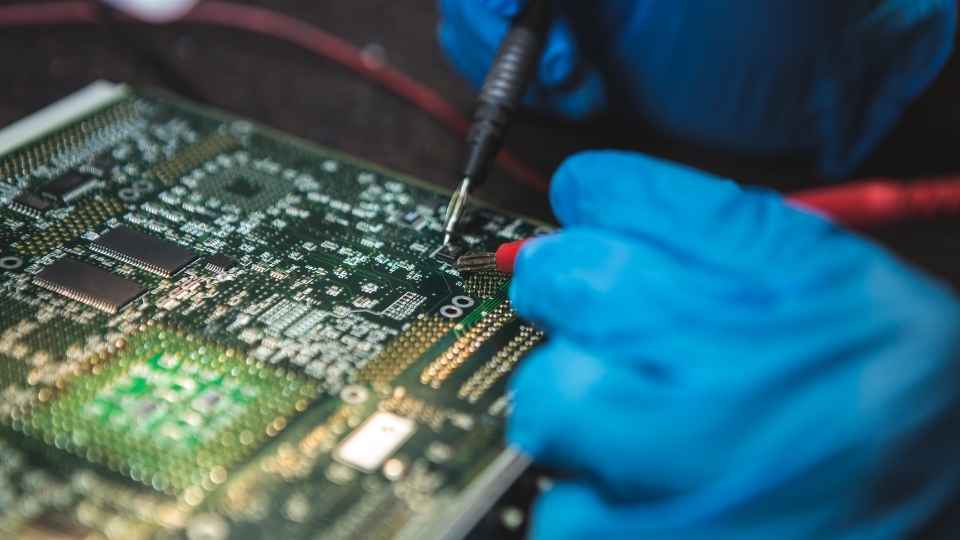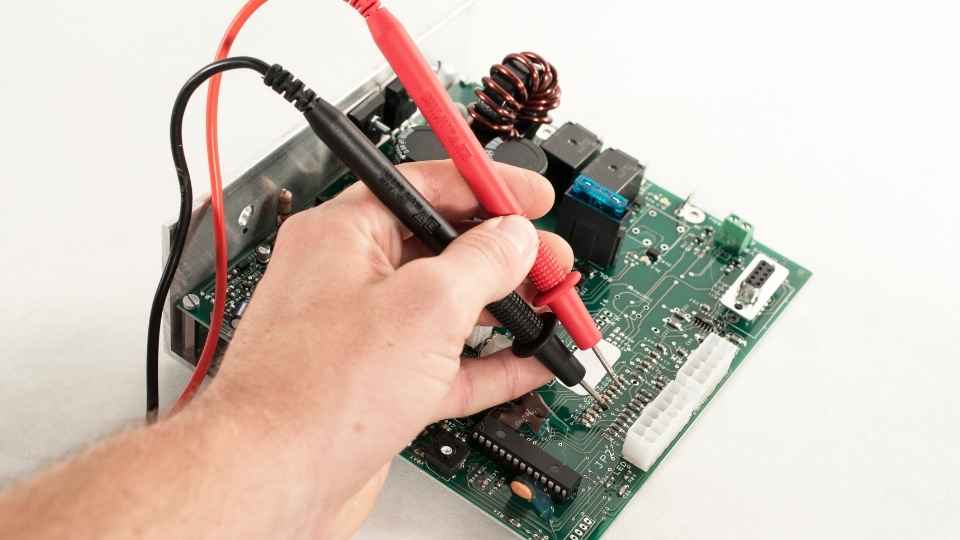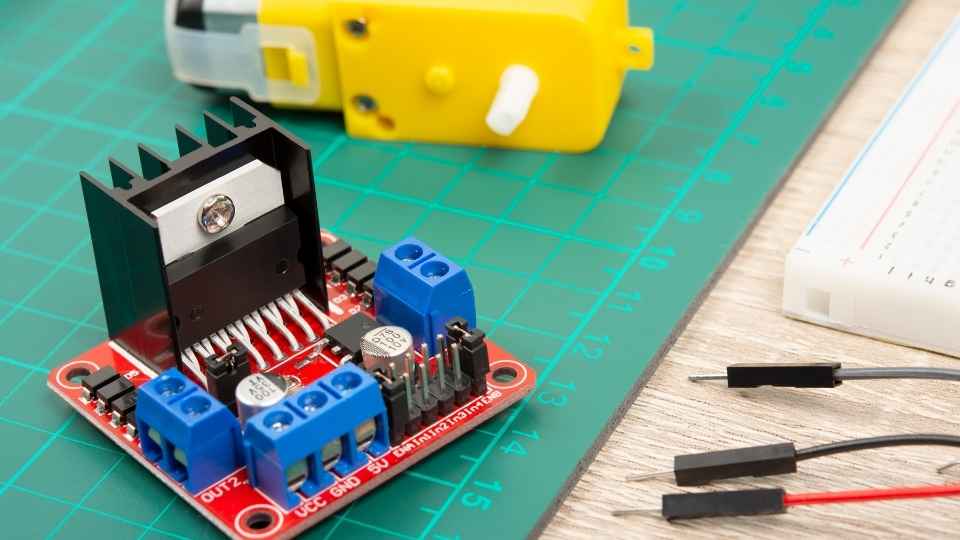
In the ever-evolving world of technology, design engineers are constantly facing challenges when it comes to addressing thermal and electromagnetic issues. These two factors can significantly impact the performance and reliability of electronic systems.
To overcome these hurdles, a combination of technical expertise, analytical thinking, and attention to detail is required. This article delves into the various design challenges faced by engineers and provides insights on how to mitigate thermal issues, manage electromagnetic interference, ensure compliance with safety standards, and build fault tolerance for reliable performance in challenging environments.
Join us as we explore the intricacies of overcoming thermal and electromagnetic obstacles in design.
Key Takeaways
- Heat dissipation and thermal management are crucial for preventing device failure, reduced efficiency, and safety hazards.
- Techniques such as selecting materials with high thermal conductivity and optimizing component layout can help overcome thermal issues.
- Efficient cooling mechanisms like heat sinks, fans, and liquid cooling systems are commonly used for heat dissipation.
- Grounding, shielding, and careful layout design are key strategies for mitigating electromagnetic interference (EMI).
Understanding the Impact of Thermal Issues in Design
Thermal issues play a critical role in design as they can significantly impact the performance and reliability of electronic systems. Understanding the impact of these issues is essential for ensuring optimal functionality and longevity.
Heat dissipation, temperature distribution, and thermal management are key factors to consider during the design process. Excessive heat can lead to device failure, reduced efficiency, and even safety hazards. Therefore, engineers must carefully analyze and address thermal challenges to ensure proper functioning of electronic systems.
To overcome these challenges, designers employ various techniques such as selecting appropriate materials with high thermal conductivity, optimizing component layout to enhance heat dissipation, and implementing efficient cooling mechanisms like heat sinks or fans. Simulation tools are used to model heat flow patterns within the system and evaluate different design iterations.
Mitigating Electromagnetic Interference in Electronic Systems
To ensure the optimal performance of electronic systems, it is crucial to implement effective measures that minimize the adverse impacts of electromagnetic interference (EMI).

Here are four key strategies for mitigating EMI in electronic systems:
Grounding and Shielding: Proper grounding techniques and shielding materials can help reduce the propagation of unwanted electromagnetic waves within a system, preventing interference with other components.
Filtering: The use of filters such as capacitors, inductors, and ferrite beads can attenuate high-frequency noise and suppress EMI signals before they reach sensitive components.
Layout Design: Careful arrangement of circuit traces, components, and signal paths can minimize coupling between different parts of a system, reducing the likelihood of EMI issues.
Compliance Testing: Regular testing ensures that electronic systems meet relevant electromagnetic compatibility (EMC) standards, verifying their immunity to external interference sources and minimizing potential risks.
Implementing Effective Thermal Management Strategies
Implementing effective thermal management strategies is essential in maintaining the optimal operating temperature of electronic systems, ensuring their longevity and preventing performance degradation. As electronic devices continue to shrink in size and increase in complexity, managing heat dissipation becomes even more challenging. Heat generated by active components such as microprocessors, power supplies, and graphics cards can lead to overheating, which can significantly impact the reliability and lifespan of these devices.
Thermal management techniques such as heat sinks, fans, liquid cooling systems, and thermally conductive materials are commonly employed to dissipate heat efficiently. By carefully designing the layout of components, optimizing airflow within enclosures, and selecting appropriate cooling methods based on the specific requirements of the system, engineers can ensure that electronic systems operate within safe temperature limits.

Ensuring compliance with safety standards in design also plays a crucial role in addressing thermal management challenges.
Ensuring Compliance With Safety Standards in Design
Adhering to established safety standards is essential for engineers when designing electronic systems, as it ensures that potential hazards related to heat dissipation are effectively mitigated. To achieve compliance with these standards, engineers must consider the following:
Design considerations: Engineers need to carefully analyze the system's requirements and specifications in order to identify potential safety risks and incorporate appropriate measures into the design.
Component selection: Choosing components that meet safety standards is crucial. Components should be evaluated for their thermal characteristics, such as maximum operating temperatures and thermal resistance, to ensure they can handle the expected heat dissipation.
Thermal management techniques: Implementing effective thermal management strategies, such as heat sinks or fans, can help dissipate excess heat generated by electronic components and prevent overheating.
Testing and validation: Thorough testing and validation processes are necessary to ensure that the designed system meets all safety requirements before being deployed in real-world environments.
By adhering to these safety standards during the design phase, engineers can create electronic systems that are reliable and safe for use in various applications.

Transition sentence: Building fault tolerance for reliable performance in challenging environments also plays a critical role in ensuring overall system reliability and safety.
Ensuring reliable performance in challenging environments requires engineers to incorporate fault tolerance measures into the design of electronic systems. Fault tolerance refers to the ability of a system to continue functioning properly even in the presence of faults or failures. In challenging environments, such as those with extreme temperatures, high levels of electromagnetic interference (EMI), or mechanical vibrations, electronic systems can be prone to malfunctions. Therefore, it is crucial for engineers to design robust and resilient systems that can withstand these challenges.
One approach to achieving fault tolerance is redundancy. This involves duplicating critical components or subsystems so that if one fails, the backup can take over seamlessly. Redundancy can be implemented at various levels within a system, including processors, memory modules, power supplies, and communication interfaces.
Another important aspect of fault tolerance is error detection and correction. By implementing error checking mechanisms such as parity bits or cyclic redundancy checks (CRC), engineers can detect and correct errors that occur during data transmission or processing.
Furthermore, designing for thermal management is essential in ensuring reliable performance in challenging environments. Excessive heat can lead to component degradation and reduce the lifespan of electronic systems. Engineers employ various techniques such as heat sinks, fans, thermal interface materials (TIMs), and proper airflow design to dissipate heat efficiently.
In addition to thermal issues, electromagnetic interference (EMI) poses another challenge for electronic systems operating in demanding conditions. EMI can disrupt signal integrity and cause malfunctions in sensitive circuits. To mitigate this issue, engineers use shielding techniques like Faraday cages or conductive coatings on enclosures to prevent external electromagnetic fields from interfering with internal circuitry.
Frequently Asked Questions
What Are the Common Causes of Thermal Issues in Electronic Design?
Common causes of thermal issues in electronic design include high power dissipation, inadequate heat sinking, poor air circulation, and improper component placement. These factors can lead to overheating, reduced performance, and even premature failure of electronic devices.

Electromagnetic interference can significantly impact the performance of electronic systems. It can cause signal degradation, data corruption, and even device failure. Proper shielding, grounding techniques, and filtering are essential to mitigate these effects and ensure optimal system operation.
What Are Some Effective Strategies for Managing Thermal Issues in Electronic Design?
Effective strategies for managing thermal issues in electronic design include optimizing component placement and layout, implementing proper heat dissipation techniques such as heatsinks or thermal pads, using efficient cooling systems, and conducting thorough thermal analysis and simulation during the design process.
What Safety Standards Should Be Considered When Designing Electronic Systems?
When designing electronic systems, it is crucial to consider safety standards to ensure the protection of users and prevent accidents. Compliance with regulations such as IEC 60950-1 and UL 60950-1 helps ensure proper insulation, grounding, and protection against electrical hazards.
Achieving fault tolerance in challenging environments is crucial for ensuring reliable performance. This can be accomplished through rigorous testing, redundancy implementation, advanced cooling techniques, and careful consideration of electromagnetic interference mitigation strategies.
 Basic Electronics ConceptsEssential ToolsCircuit Design BasicsMicrocontrollersDIY Electronics ProjectsRoboticsPrivacy PolicyTerms And Conditions
Basic Electronics ConceptsEssential ToolsCircuit Design BasicsMicrocontrollersDIY Electronics ProjectsRoboticsPrivacy PolicyTerms And Conditions
